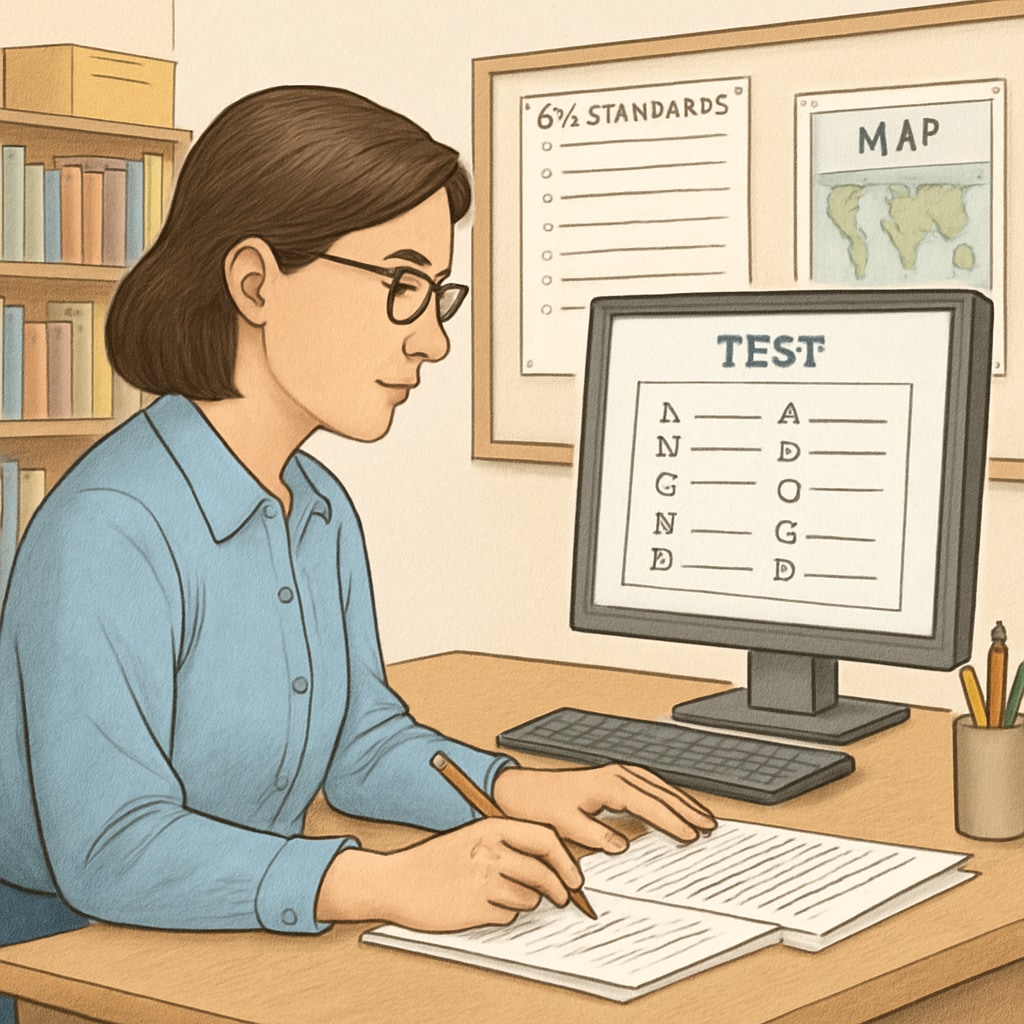In K12 education, test resources, students, and teaching tools often form the backbone of effective learning strategies. While assessments are traditionally viewed as tools for evaluation, high-quality test resources have the potential to transcend their conventional role. They can become driving forces for deep understanding, critical thinking, and skill development among students. This article delves into how teachers and parents can recognize, acquire, and use superior test resources to foster meaningful educational experiences.
Moving Beyond Traditional Assessments
Assessments are often seen as a measure of student performance, but they can do much more. High-quality test resources encourage active learning by prompting students to reflect, analyze, and apply their knowledge. For example, well-designed questions can stimulate curiosity and guide learners toward exploring concepts in greater depth.
To move beyond traditional assessments, educators should look for materials that incorporate real-world scenarios, interdisciplinary approaches, and formative feedback mechanisms. These features make tests not just an endpoint but an integral part of the learning process.

How to Identify Quality Test Resources
Finding the right resources can be challenging, especially with the abundance of materials available online. Here are some tips for identifying high-quality test resources:
- Alignment with standards: Choose tests that align closely with your curriculum and educational standards, ensuring relevance and appropriateness.
- Diversity of question types: Look for tests that include multiple formats, such as multiple-choice, essays, and problem-solving exercises, to address varied learning styles.
- Feedback integration: Opt for resources that offer constructive feedback to help students understand their mistakes and improve.
- Reputable sources: Utilize materials from trusted educational organizations and platforms, such as Britannica and Wikipedia.

Leveraging Assessments as Teaching Tools
Once high-quality test resources are identified, the next step is leveraging them effectively. Here are strategies to maximize their impact:
- Incorporate formative assessments: Use periodic quizzes and tests to gauge student understanding and adjust teaching methods accordingly.
- Promote collaborative learning: Design group-based assessments that encourage teamwork and peer-to-peer learning.
- Encourage self-assessment: Provide students with practice tests and reflective exercises to help them identify strengths and areas needing improvement.
- Integrate technology: Use digital platforms for interactive assessments and instant feedback.
By treating assessments as tools for instruction rather than mere evaluations, educators can create a more dynamic and engaging classroom environment.
The Role of Parents in Supporting Test-Based Learning
Parents play a crucial role in transforming assessments into learning opportunities. By engaging with their children’s test resources, parents can provide encouragement and guidance that reinforces classroom learning. Here are ways parents can help:
- Review test materials: Collaborate with children to review test questions and discuss concepts.
- Encourage a growth mindset: Remind children that tests are opportunities to learn, not just measures of success or failure.
- Provide supplementary resources: Use additional learning tools like educational apps, books, and videos to reinforce test concepts.
Parental involvement can significantly enhance the effectiveness of quality test resources, creating a supportive learning ecosystem for students.
Conclusion: High-quality test resources, students, and teaching tools can transform assessments into powerful learning opportunities. By identifying and utilizing superior materials, educators and parents can foster a deeper understanding of concepts, promote critical thinking, and enhance overall academic success. As a result, tests become not just evaluations but integral parts of a student’s educational journey.


